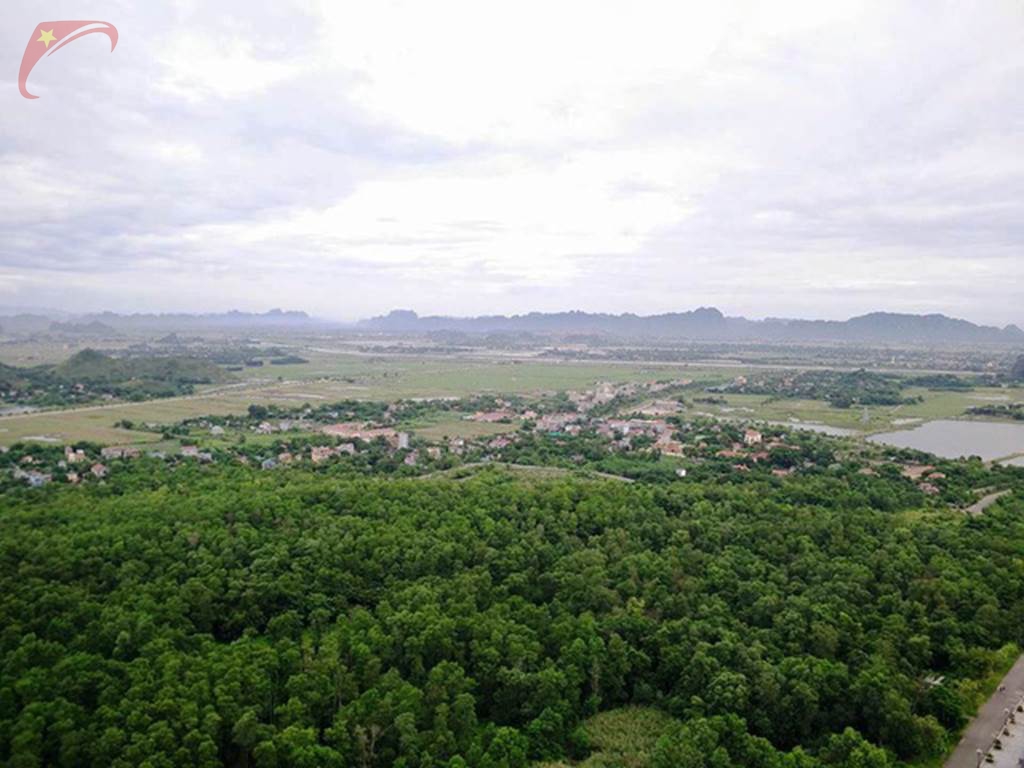
Photos of Ninh Binh province
Gia Sinh commune
Gia Sinh commune is located at the extreme south of Gia Vien district, Ninh Binh province, on the right bank of the Hoang Long River. This commune was established in December 1976 from Gia Sinh, Gia Tien and Gia Ninh communes. Commune headquarters is 16 km from Ninh Binh city center. Gia Sinh commune is famous for Bai Dinh pagoda, the largest temple in Vietnam.
Gia Sinh commune has a total area of 21 km2 with a population of 7000 people, this is one of the communes with the lowest population density in Ninh Binh province.
Gia Sinh is a mountainous commune located in the buffer zone of Hoa Lu area which is one of the communes in the flood diversion zone of Hoang Long River. The natural area of the commune consists of two thirds of hills and mountains, the terrain of the commune is right next to the Hoang Long river with the length of 3 km, so people's lives are greatly affected by natural calamities. People's income is mainly based on trees, exploiting natural medicinal plants in the forest. Main water sources are shallow wells and rainwater tanks in each household.
Gia Sinh commune is located at the extreme south of Gia Vien district, Ninh Binh province, on the right bank of the Hoang Long River. This commune was established in December 1976 from Gia Sinh, Gia Tien and Gia Ninh communes. Commune headquarters is 16 km from Ninh Binh city center. Gia Sinh commune is famous for Bai Dinh pagoda, the largest temple in Vietnam.
Gia Sinh commune has a total area of 21 km2 with a population of 7000 people, this is one of the communes with the lowest population density in Ninh Binh province.
Gia Sinh is a mountainous commune located in the buffer zone of Hoa Lu area which is one of the communes in the flood diversion zone of Hoang Long River. The natural area of the commune consists of two thirds of hills and mountains, the terrain of the commune is right next to the Hoang Long river with the length of 3 km, so people's lives are greatly affected by natural calamities. People's income is mainly based on trees, exploiting natural medicinal plants in the forest. Main water sources are shallow wells and rainwater tanks in each household.
